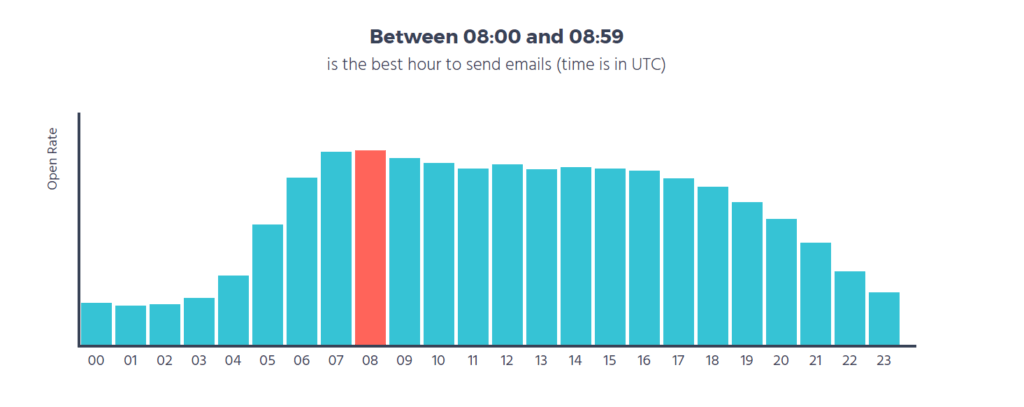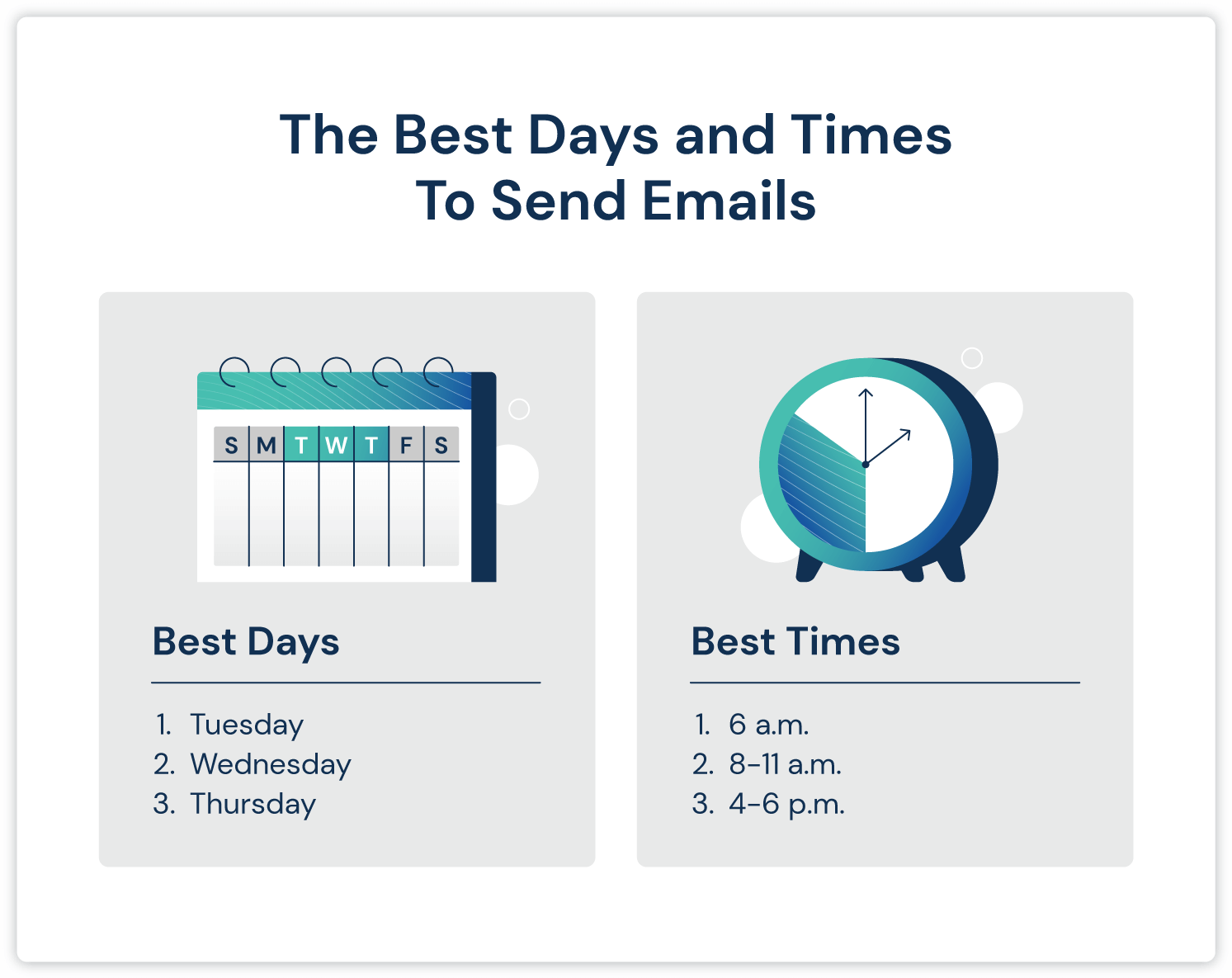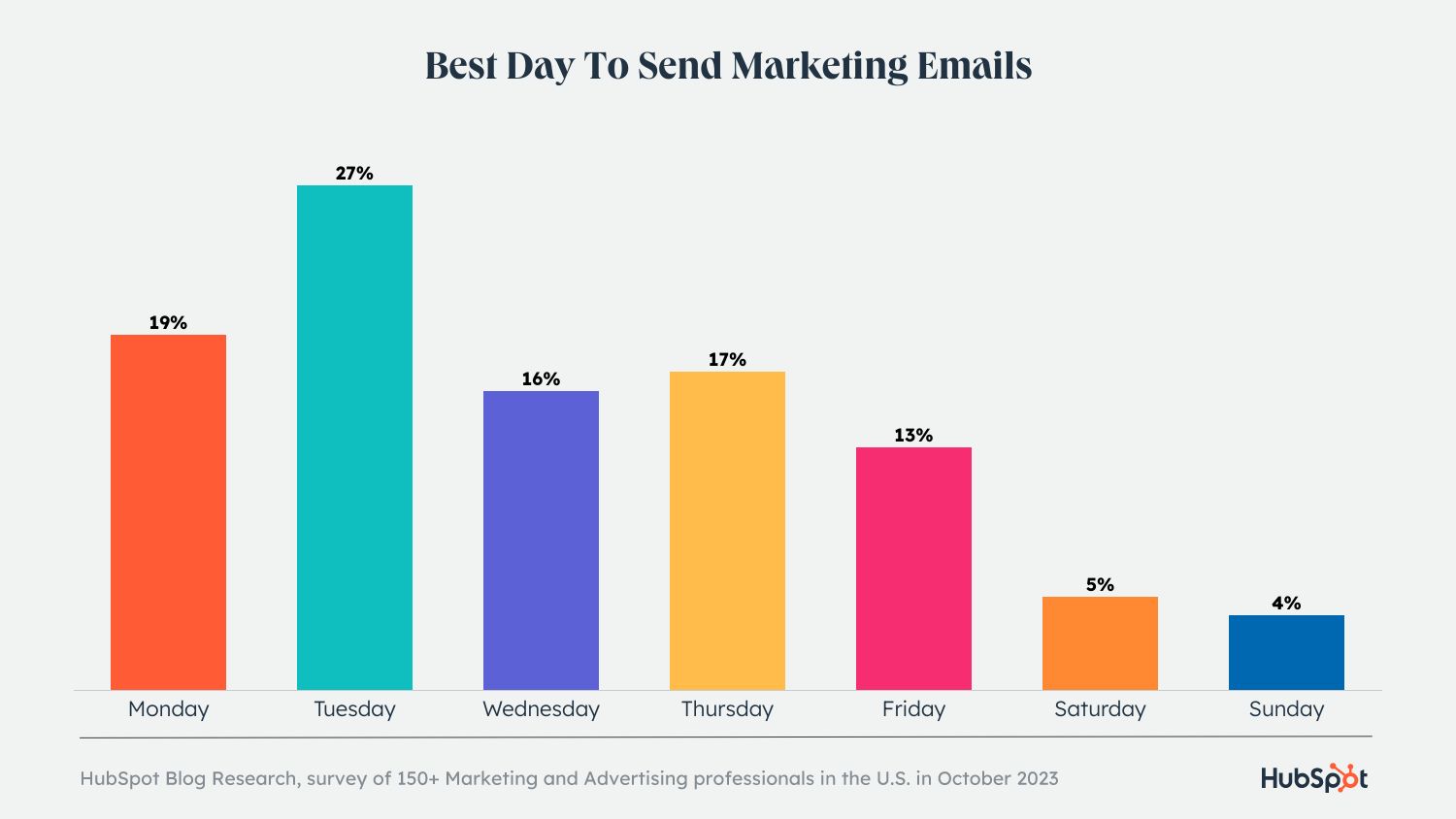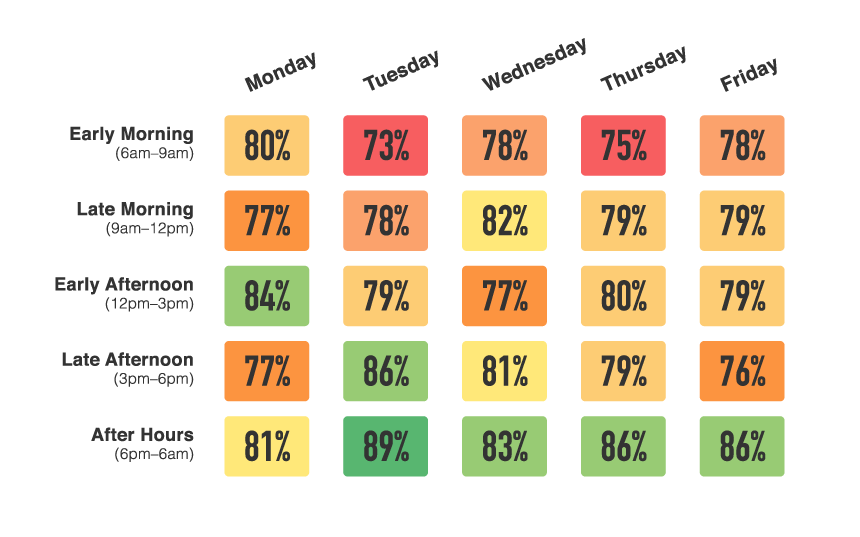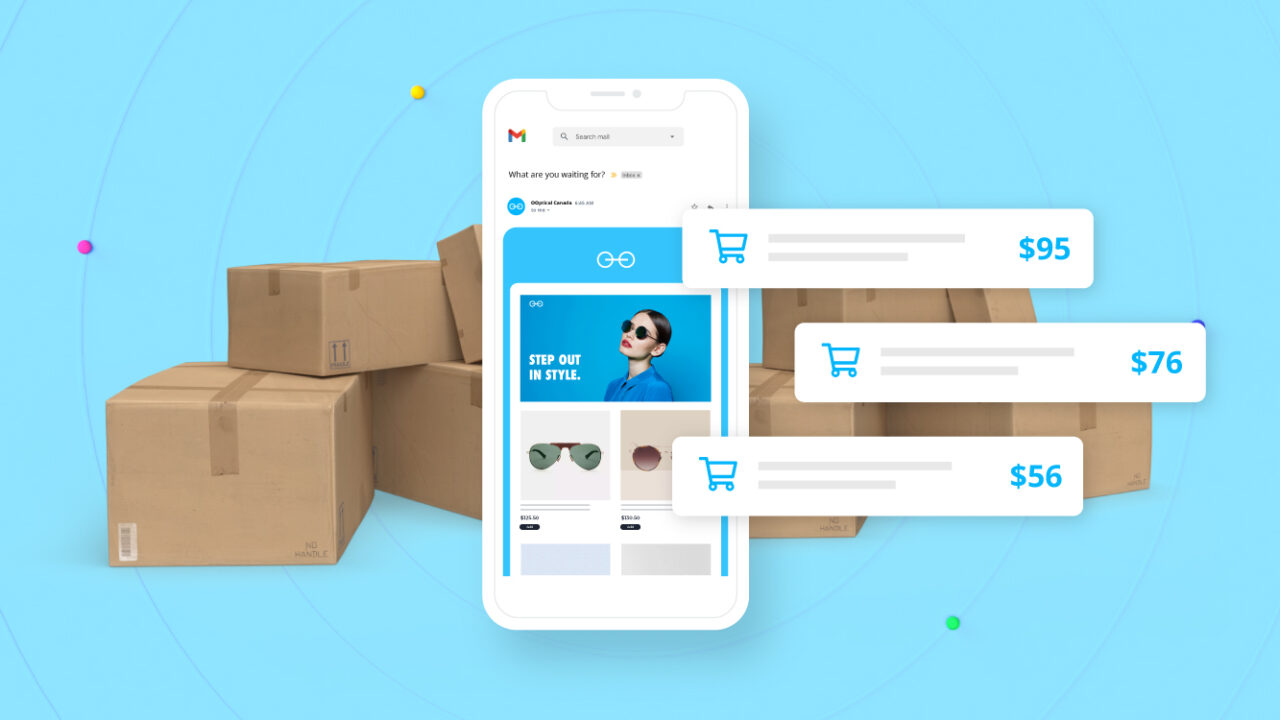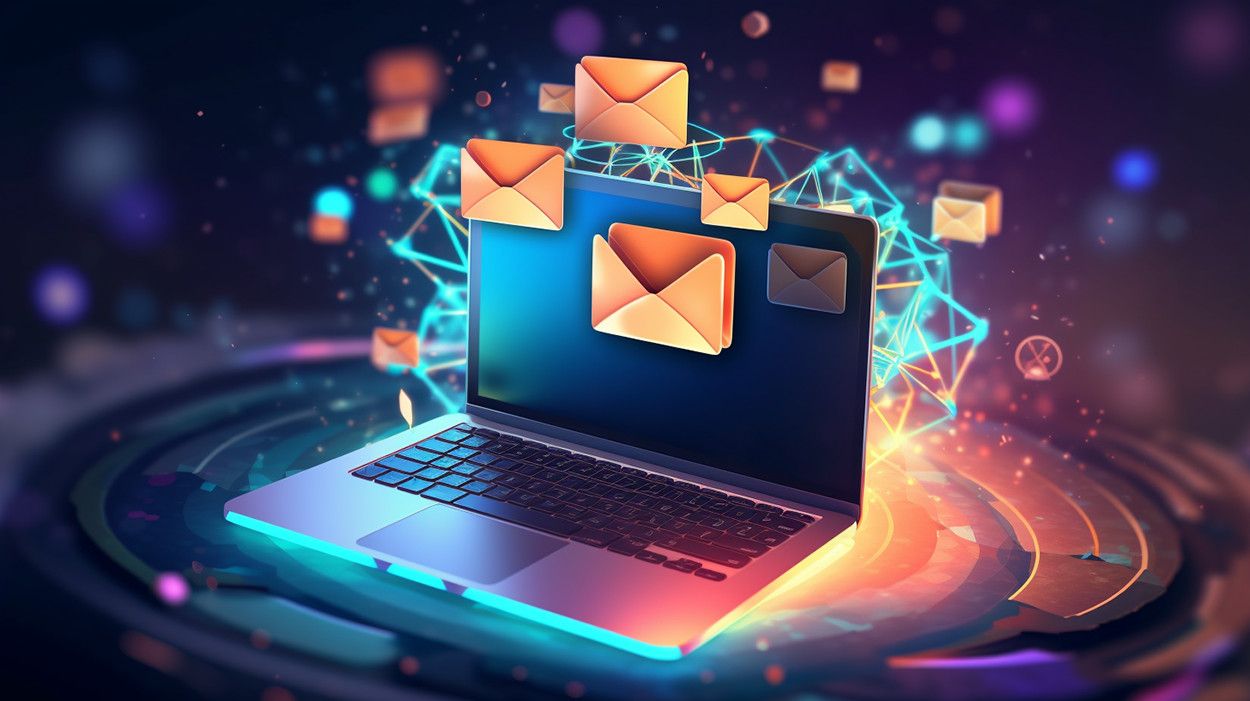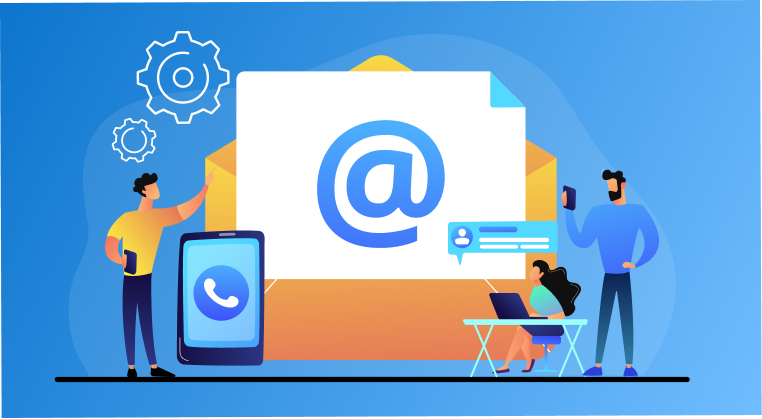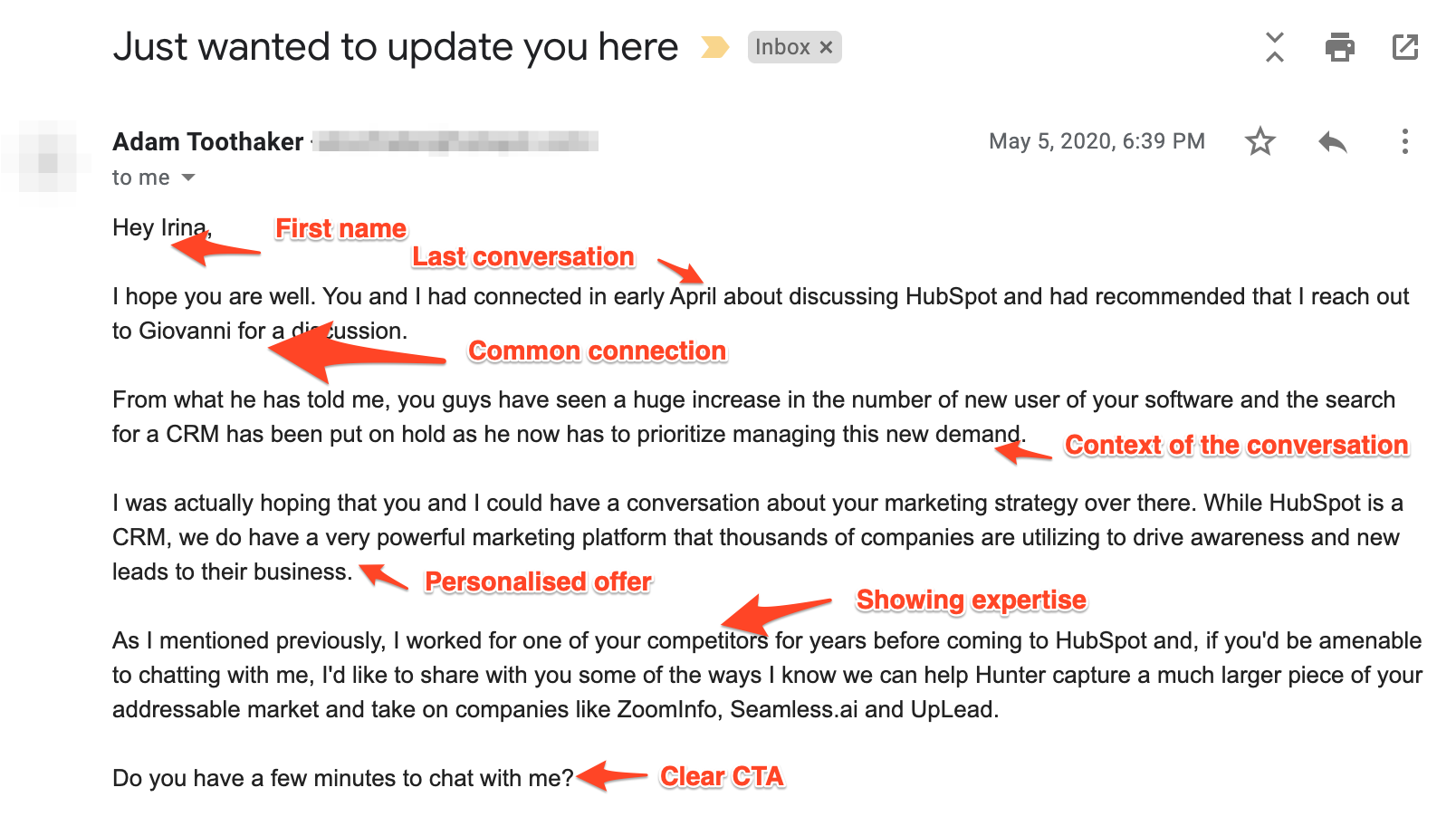Halloween email marketing boosts engagement and drives sales with themed promotions and spooky content. Crafting eye-catching emails can capture attention and increase conversion rates.
Halloween offers a unique opportunity to engage your audience with themed promotions. Emails with spooky designs and creative subject lines can stand out in crowded inboxes. Highlight special offers, limited-time discounts, and themed products to entice customers. Personalize messages to make them feel exclusive and relevant.
Including interactive elements like countdown timers or animated GIFs can increase engagement. A clear call-to-action is crucial to guide recipients towards making a purchase. Halloween email marketing, when done right, can significantly boost your sales and customer interaction during the holiday season.
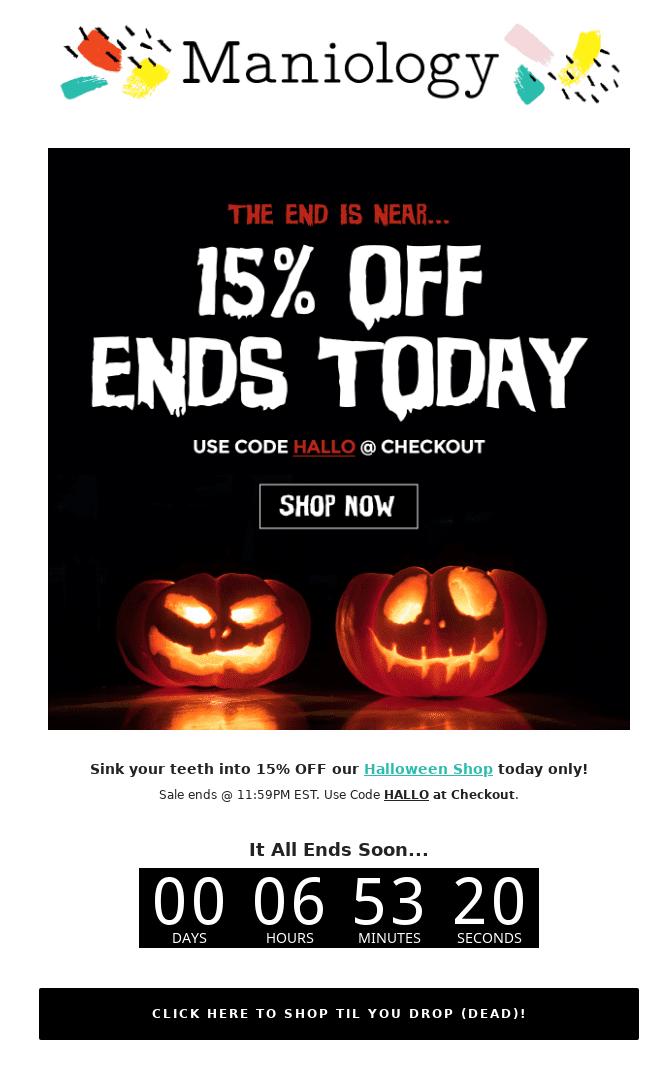
Credit: www.smartrmail.com
The Haunting Appeal Of Halloween For Marketers
Halloween is a thrilling time for marketers. It’s a season filled with excitement and creativity. The spooky charm of Halloween captivates everyone. This makes it a golden opportunity for email marketing campaigns. People are more eager to engage with festive content. Let’s explore why Halloween holds such a haunting appeal for marketers.
Seasonal Influence On Consumer Behavior
During Halloween, consumer behavior changes dramatically. People are in the mood to celebrate. They search for costumes, decorations, and treats. This seasonal shift creates a unique chance for marketers. Emails themed around Halloween capture attention easily.
Here are some ways Halloween influences consumer behavior:
- Increased spending on themed items
- Higher engagement with spooky content
- More willingness to try new products
Statistics Behind Halloween Spending
Halloween spending statistics are impressive. People spend billions on this spooky holiday. Knowing these numbers helps marketers plan better.
| Category | Average Spending |
|---|---|
| Costumes | $3.2 Billion |
| Candy | $2.6 Billion |
| Decorations | $2.7 Billion |
| Greeting Cards | $390 Million |
These numbers reveal a lot. They show where consumers are willing to spend. Marketers can use this data to tailor their email campaigns.
Crafting A Bewitching Subject Line
Halloween is a fun and spooky time. Your email subject lines should reflect that. A great subject line can capture attention. It can also increase open rates. Let’s explore how to make your subject lines magical.
Puns And Wordplay To Captivate
Puns and wordplay can make your subject line stand out. They are fun and engaging. Here are some tips:
- Use Halloween-related words like “spooky”, “boo”, and “witch”.
- Combine these words with your product or offer.
- Keep it short and simple.
Examples:
| Subject Line | Why It Works |
|---|---|
| “Spooktacular Savings Await!” | Uses wordplay and promises a deal. |
| “Boo! Don’t Miss This Sale!” | Grabs attention with “Boo!” |
Creating A Sense Of Urgency
Urgency can prompt quick action. It makes the reader feel they might miss out. Here are some strategies:
- Use words like “limited time” and “last chance”.
- Add deadlines to your subject lines.
- Highlight exclusive offers.
Examples:
| Subject Line | Why It Works |
|---|---|
| “Only 24 Hours Left for Spooky Deals!” | Combines urgency with Halloween theme. |
| “Last Chance for Halloween Specials!” | Makes the reader act quickly. |
Eerie Email Design Elements
Halloween presents a unique opportunity for email marketers. Capture attention with eerie email design elements. Infusing a spooky touch can boost engagement and conversions. Let’s explore how to create spine-chilling emails.
Incorporating Halloween Themes
Integrate Halloween themes to make your emails stand out. Use spooky fonts and creepy graphics.
- Haunted houses
- Ghosts and goblins
- Witches and cauldrons
- Jack-o’-lanterns
These elements set the Halloween mood. They make your emails festive and engaging.
Color Schemes And Imagery To Thrill
Choose colors that scream Halloween. Orange, black, and purple are perfect choices.
| Color | Hex Code |
|---|---|
| Orange | #FFA500 |
| Black | #000000 |
| Purple | #800080 |
Use eerie imagery to captivate your audience. Add bats, spiders, and full moons.
- Start with a spooky header image.
- Use Halloween-themed dividers.
- End with a hauntingly good call-to-action.
These small touches make your emails visually appealing. They increase the likelihood of clicks and conversions.
Monstrous Deals And Promotions
Halloween is the perfect time for spooky deals. Customers love unique offers that match the season. Brands can use Halloween-themed promotions to attract more buyers. These promotions make customers feel special and excited.
Exclusive Offers For Subscribers
Subscribers should get the best deals. Create exclusive discounts just for them. This makes them feel valued and keeps them loyal. Send emails with a spooky theme to catch their attention.
- Offer a 20% discount on Halloween items.
- Provide early access to Halloween sales.
- Give free shipping on Halloween costumes.
Use a catchy subject line. This will improve your open rates.
Flash Sales And Discount Strategies
Flash sales create urgency. Customers will act fast to get the deal. Plan short, timed sales for Halloween.
- Announce a 24-hour Halloween flash sale.
- Offer “buy one, get one free” on Halloween decorations.
- Give a 30% discount for the first 100 buyers.
Segment your email list. Send targeted promotions to different groups. Use spooky visuals to make the email fun. This will engage more readers.
Here is a sample email layout:
| Section | Content |
|---|---|
| Subject Line | Spooky Savings Inside! Don’t Miss Out! |
| Header | Exclusive Halloween Deals Just for You! |
| Body | Grab these monstrous deals before they disappear! Click now! |
| Footer | Happy Halloween! Unsubscribe | Contact Us |
Monitor the results of your email campaigns. Use data to improve future promotions.
Segmenting Your Ghoulish Audience
Halloween is a great time for email marketing. But, sending the same email to everyone won’t work. You need to segment your audience. This way, you can send the right message to the right people.
Targeted Campaigns For Different Demographics
Different people like different things about Halloween. Kids might love candy and costumes. Teens might enjoy spooky stories and haunted houses. Adults might prefer Halloween parties or scary movies.
Use this information to create targeted campaigns. For example, send emails about costume ideas to parents. Send haunted house tickets to teens. Offer party supplies to adults. This will make your emails more relevant.
Personalization Tricks For Engagement
Personalization can make your emails more engaging. Use the recipient’s name in the subject line. Mention past purchases or preferences. For example, “Hi John, check out our new vampire costumes!”
Include interactive elements. A simple quiz can be fun. For example, “What type of Halloween character are you?” This keeps your audience engaged.
Here are some personalization tips:
- Use first names in emails
- Send product recommendations based on past purchases
- Offer special discounts for loyal customers
Use these tricks to make your Halloween email marketing more effective. Happy Halloween!
Spine-chilling Social Proof
Halloween email marketing can be more effective with social proof. Social proof builds trust and excitement. It shows customers that others love your products. This can be done through testimonials, reviews, and influencer shout-outs.
Testimonials And Reviews
Testimonials and reviews are powerful tools. They show real customer experiences. Add these to your Halloween emails. Use short, catchy quotes. Include customer names and photos if possible.
| Customer | Review |
|---|---|
| Jane Doe | “These Halloween costumes are amazing!” |
| John Smith | “Best Halloween candy ever. My kids love it!” |
Positive reviews encourage more people to buy. They see others are happy with your products. It makes them feel safe to purchase.
Influencer Collaborations And Shout-outs
Influencers can boost your Halloween email marketing. They have loyal followers. Partner with influencers for shout-outs. This adds credibility to your brand.
- Choose influencers with a Halloween-themed audience.
- Send them free products to review.
- Ask them to share their experience on social media.
Include these shout-outs in your emails. Add a link to the influencer’s post. This shows customers that influencers trust your brand. It encourages them to try your products too.
Automated Email Series To Raise The Dead
Halloween email marketing is a powerful tool. It can revive your sales. With an automated email series, you can engage your audience. This method keeps your brand in their minds. Let’s explore some spooky ideas to make your emails stand out.
Welcome Series With A Halloween Twist
Make your new subscribers feel special. Start with a Halloween-themed welcome email. Use spooky graphics and colors. Include a special Halloween offer or discount. This will grab their attention.
In the second email, share a Halloween story. This can be a fun ghost tale or a brand story. Make it engaging and relevant.
In the third email, offer a Halloween-themed guide. It could be a costume guide or party planning tips. Add a call-to-action (CTA) to encourage purchases.
Abandoned Cart Emails That Resurrect Sales
Many customers leave items in their carts. Send a spooky reminder to complete their purchase. Use a catchy subject line like “Don’t let your cart haunt you!”.
In the first email, remind them of the items in their cart. Use Halloween-themed images and text.
In the second email, offer a small discount or free shipping. This can motivate them to complete their purchase.
In the third email, create a sense of urgency. Mention that the offer is ending soon. Use phrases like “Last chance before it vanishes!”.
| Content | CTA | |
|---|---|---|
| Welcome Email 1 | Spooky Graphics & Special Offer | Shop Now |
| Welcome Email 2 | Halloween Story | Read More |
| Welcome Email 3 | Halloween Guide | Get Tips |
| Abandoned Cart Email 1 | Reminder of Items | Complete Purchase |
| Abandoned Cart Email 2 | Offer Discount | Shop Now |
| Abandoned Cart Email 3 | Urgency Message | Buy Now |
Analyzing The Spirits: Metrics To Watch
Halloween email marketing can be a treat or a trick. Success depends on understanding key metrics. Monitoring these metrics helps fine-tune your strategy and boost engagement.
Open And Click-through Rates
Open rates show how many recipients opened your email. A high open rate means your subject line worked. Use spooky and exciting words to grab attention. Emojis can also make your subject line stand out.
Click-through rates (CTR) measure how many clicked a link in your email. High CTR indicates your content is engaging. Use clear and enticing calls to action (CTA). For example, “Get Your Halloween Discount Now!” works well.
| Metric | Benchmark |
|---|---|
| Open Rate | 15-25% |
| Click-Through Rate | 2-5% |
Conversion Metrics And A/b Testing
Conversion metrics show how many took the desired action. This could be a purchase or sign-up. High conversion rates mean your email was effective.
A/B testing helps find the best versions of your email. Test subject lines, images, and CTAs. Send two versions to small groups and compare results. Use the best-performing version for the rest of your list.
- Test different subject lines
- Use varied images
- Experiment with different CTAs
Track these metrics and adjust your strategy. Your Halloween email campaign will be a spooktacular success!
Tales From The Crypt: Successful Campaign Examples
Halloween is a time for spooky fun and creative marketing. Many brands have launched successful Halloween email campaigns. These campaigns are both engaging and effective. Let’s explore some of these hauntingly good examples.
Case Studies Of Halloween Hits
Here are some successful Halloween email campaigns. They grabbed attention and boosted sales.
| Brand | Campaign | Key Feature |
|---|---|---|
| Spirit Halloween | Spooky Sale | Limited-time offers |
| Starbucks | Witch’s Brew | Halloween-themed drink |
| Amazon | Trick or Treat Deals | Daily discounts |
What We Can Learn From The Ghosts Of Campaigns Past
These campaigns teach us many things. Here are some key takeaways:
- Use Urgency: Limited-time offers create urgency.
- Theme Your Product: Halloween-themed products catch the eye.
- Daily Deals: Daily discounts keep customers engaged.
Keep these lessons in mind. They can help you create your own successful Halloween email campaign.

Credit: www.mailjet.com
Avoiding Email Marketing Nightmares
Halloween is a time of fun and fright, but your email marketing shouldn’t scare your subscribers. Avoiding email marketing nightmares is crucial for maintaining a positive relationship with your audience. Let’s dive into some common pitfalls and best practices to ensure your Halloween email campaigns are a treat, not a trick.
Common Pitfalls To Evade
Many marketers fall into traps that can turn their email campaigns into a horror show. Below are some common pitfalls to avoid:
- Overloading with Emails: Bombarding subscribers with too many emails can annoy them.
- Ignoring Mobile Optimization: Many people check emails on their phones. Ensure your emails look great on mobile.
- Weak Subject Lines: A boring subject line can make your email go unread.
- Missing Call to Action: Emails without a clear call to action confuse readers.
- Spooky Spam Triggers: Words like “free” or “guarantee” can send your email to spam.
Best Practices For Ethical Marketing
Following ethical marketing practices can help you avoid these pitfalls and keep your subscribers happy. Here are some best practices:
- Get Permission: Always have permission before adding someone to your email list.
- Personalize Content: Use the subscriber’s name and tailor content to their interests.
- Provide Value: Offer useful and interesting content in every email.
- Easy Unsubscribe: Make it simple for subscribers to opt out if they wish.
- Test and Optimize: Regularly test your emails and optimize for better results.
By avoiding these common pitfalls and following best practices, you can create a Halloween email campaign that delights your subscribers. Keep your audience engaged and ensure your emails are a treat to read.
Last-minute Lurches: Timing Your Campaign
Halloween is just around the corner, and your email campaign needs a boost. Timing is everything, especially for last-minute pushes. Knowing when to send your emails can be the difference between a trick or a treat.
Determining The Optimal Send Time
Timing is key for successful email campaigns. Your audience needs to see your emails at the right moment. When is the best time? Studies show that emails sent during the mid-week perform better. Emails sent around 10 AM see the highest engagement rates. Avoid late-night or early-morning sends.
Consider your audience’s time zone. If your subscribers are global, schedule your emails accordingly. Use data from past campaigns to determine the best send times. Analyze open rates and click-through rates to guide your timing.
Countdowns And Time-sensitive Content
Use countdowns to create urgency. A countdown timer can grab attention. It also encourages quick action. Highlight limited-time offers and exclusive deals. Make your audience feel they need to act fast.
Include phrases like “Only 24 hours left!” or “Offer ends tonight!” These phrases can boost engagement and drive conversions. Time-sensitive content can also create excitement. Your readers will look forward to your next email.
| Email Timing | Engagement Level |
|---|---|
| Mid-Week, 10 AM | High |
| Late-Night | Low |
| Early-Morning | Low |
- Send emails mid-week for better engagement.
- Use countdown timers for urgency.
- Highlight limited-time offers.
- Analyze past data to find the best times.
Mobile Optimization For Trick-or-treaters On The Go
Halloween is a busy time. People check their phones often. Your Halloween email marketing should work well on mobile. Optimized emails catch attention and boost engagement.
Responsive Design Considerations
Responsive design adapts emails to any screen size. Use flexible grids and images. Make sure your text is readable on all devices.
- Use large, legible fonts.
- Keep paragraphs short.
- Ensure buttons are easy to tap.
| Element | Desktop | Mobile |
|---|---|---|
| Font Size | 16px | 14px |
| Button Size | Standard | Large |
| Image Width | Fixed | Flexible |
Creating A Seamless Mobile Experience
Make navigation easy. Use clear calls-to-action (CTAs). CTAs should stand out. Avoid cluttering your email.
- Place important info at the top.
- Use single-column layouts.
- Test emails on various devices.
Remember, mobile users are on the go. They need quick and clear information. Optimize your emails for a smooth Halloween experience.
Frequently Asked Questions
How To Write A Halloween Email?
Craft a catchy subject line. Use spooky graphics and Halloween-themed colors. Include a clear call-to-action. Personalize the email with the recipient’s name. Keep the content fun and engaging.
When Should You Send Halloween Emails?
Send Halloween emails 1-2 weeks before the holiday. This timing boosts open rates and engagement. Plan early for success.
When Should I Start Halloween Marketing?
Start Halloween marketing in early September. Early promotions build excitement and increase sales. Focus on engaging content and themed offers.
What Is A Good Email Address For Marketing?
A good email address for marketing should be short, memorable, and professional, like info@yourbusiness. com or marketing@yourbrand. com.
Conclusion
Embrace the spooky season with creative Halloween email marketing strategies. Engage your audience with themed content and offers. Personalize emails for better connection and higher conversion rates. Monitor your campaigns to refine future efforts. Make this Halloween a memorable one for your subscribers and boost your business.



